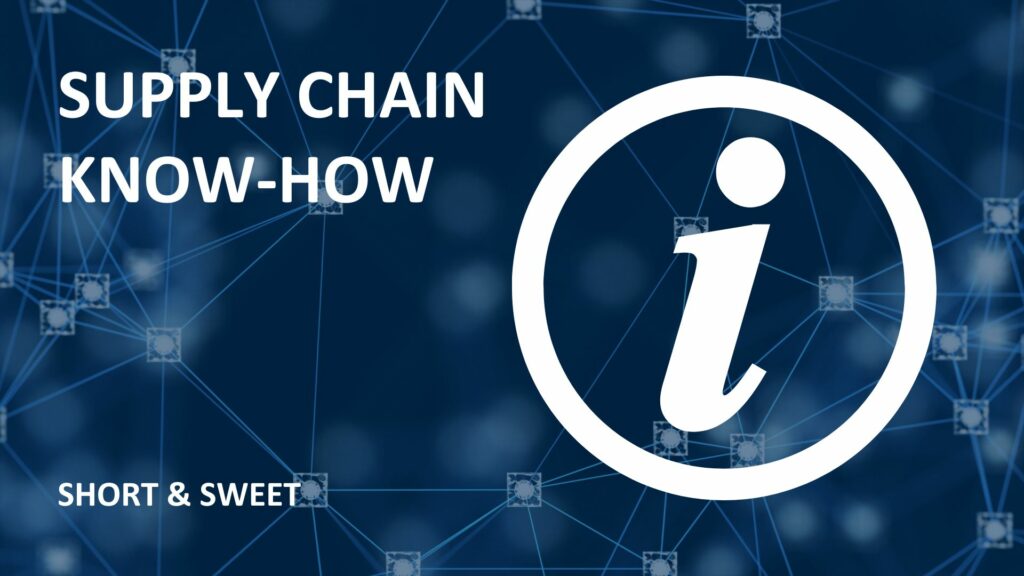In logistics, the “stock level” refers to the stock of a material that has never fallen below within an observation period, usually the past 12 months. The stock level is a good indication that too much stock of an item is being held. A stock-out can occur, for example, because remaining stocks of a product no longer flow out after it has been discontinued, because demand has been weaker than forecast or because too much material has been ordered due to unsuitable replenishment proposals or unsuitable replenishment decisions.
Floor sets tie up capital and storage space that is not available for other tasks and other items, and they cause storage costs.
Our tip:
Floor rates are a quick indication of high stock levels, but do not reflect the actual excess stock. The reduction potential varies depending on the item and can sometimes be lower or higher than the sediment.
The floor record only shows the empirical fact of the lowest stock level, which has never been undercut, but does not take into account the necessary safety stock required for an item. It also does not take into account the fact that minimum order quantities can significantly increase an item’s stock. A portion of the base stock may be required as safety stock, even if this safety stock has not been touched in the last 12 months.
Items are usually planned with a degree of readiness for delivery of less than 100%. A certain degree of non-deliverability is therefore factored in. It is therefore planned that this article will occasionally have no stock. The base rates for these articles should therefore always be zero, as zero stock is reached at least once a year if the delivery readiness is assessed over the past 12 months.
As the delivery readiness levels of items fall, the required safety stock levels decrease and the number of “zero crossings” of stock tends to increase. Although the floor rate value remains unchanged at zero, the required average stock continues to fall.
A reliable basis for evaluating the potential for reducing an item’s stock is not provided by the stock level, but by the average required stock level. This average required stock level can then be compared with the actual average stock level. The difference between these two values corresponds to the actual stock reduction potential. However, the required average stock level can only be determined simulatively, which ERP systems and most inventory management systems are not capable of doing. To our knowledge, the only system currently available in Europe that can determine inventory reduction potential on the basis described is the DISKOVER system from SCT GmbH.

